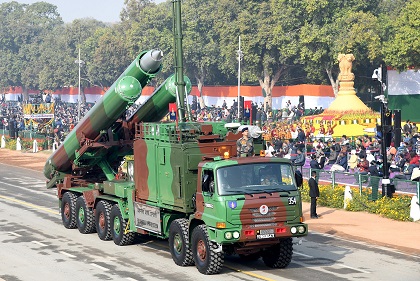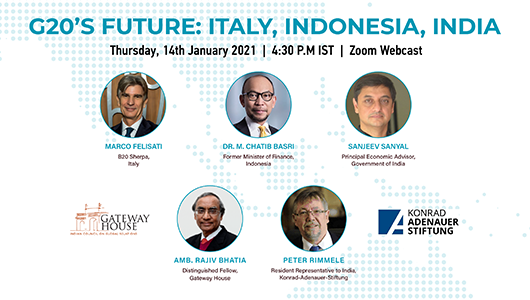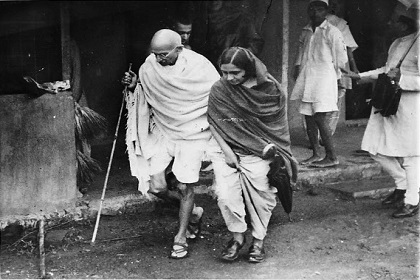Premchund Roychand, 1863’s Big Bull
On 21 January, the Bombay Stock Exchange index crossed the 50,000 mark – the first-ever in its 146-year history. A similar stock market boom occurred in 1863. It was led by the city’s legendary stock-bullion-cotton broker, Premchund Roychand. Unlike today’s Bad Boy Billionaires, Roychand settled all his dues after which he earned back his fortune. Well-known as the sole donor of Mumbai University’s Rajabai Clock Tower, he not only met all pending philanthropic commitments made before the 1865 crash but continued giving more.











